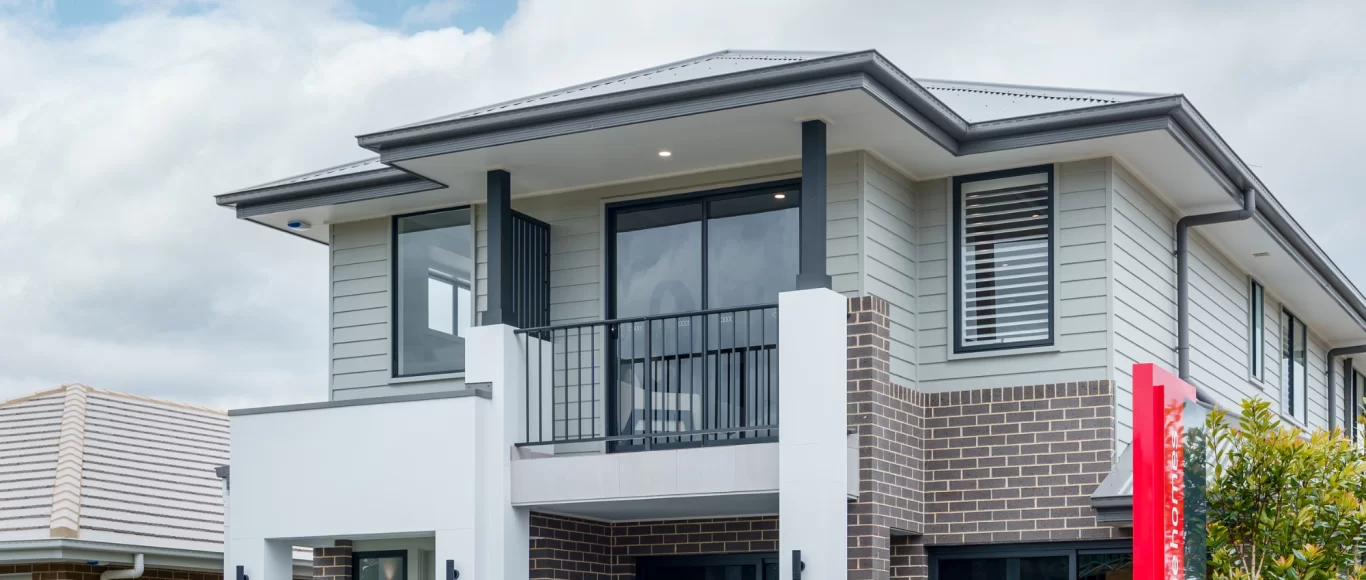Although land price rising isn’t particularly a new phenomenon in Greater Sydney, the last two years of the pandemic saw the introduction to government grants, buyer urgency and high demands for land; pushing the median price to a record of $575,000 and making it the fastest annual rise in more than a decade. These unprecedented costs for empty lots have left many Australians feeling baffled, worried, and understandably infuriated as prices continue to surge out of thin air without much explanation.
We are aware of the rising concerns that residential buyers are facing in the current market and although many of the prices depend on land developers and building suppliers, we are here to give you the run-down on what you need to know.
Land Scarcity in Greater Sydney Megaregion
So, why are houses in Sydney so expensive? To put it simply, an increase in Sydney land prices indicates that supply isn’t meeting demand. With over 1 million extra people expected to live in Sydney by 2030, in conjunction with the surge in land sales made from the last 2 years, land developers are struggling to keep up and are increasing their prices by the day to compensate for the uproar in the market.
The Greater Sydney Megaregion, made up of Greater Sydney, Central Coast, Hunter and Illawara is facing the perfect storm of record high demand and a critical shortage of housing due to zoning and infrastructure constraints on new development. The land supply pipeline needs greater depth to respond to demand and enhance co-ordination of enabling infrastructure to improve certainty for investment. To meet demand, constraints need to be lifted and new locations need to be unlocked for development.
Land Development Constraints
The majority of lots that are expected to be delivered in the next 8 years are constrained due to a number of reasons. These being:
- 76% of expected lots are needing sewer infrastructure
- 70% are needing water
- 50% still require power, roads, or a combination
Additionally, 27% of future supply is impacted by non-infrastructure constraints such as length voluntary planning agreement (VPA) negotiations and weather conditions (flooding); while 19% of lots face additional issues including biodiversity offsets and government agency decisions. Even if all expected lots are delivered, supply will still fall short of demand by 10,000 lots over the next 3 years.
Will Land Prices Plummet?

Will Land Prices Plummet?
Although there is speculation about land prices “inevitably” crashing, there is no indication that land prices will drop in the foreseeable future. With the constant incline of demand for land and materials for infrastructure, developers aren’t likely to reduce their prices. Many experts believe that we may see price rises slow down, but not completely lower as prices are still expected to continue rising in 2022.
HIA chief economist Tim Reardon says “the process of turning a paddock into shovel ready land can take over a decade, making it difficult for land supply to respond to changes in the short term” insisting that the abrupt demand may result in years of constant price rises until it is met by supply. Unless the government issues more land or grant approval, housing affordability will get worse for first home buyer as land price increases persist.
Scarcity of residential land in Greater Sydney has no doubt been on the horizon for the past few years and developers have been forced to adapt – whether that may be by introducing mechanisms to prevent buyers from going to extremes to get new lots or by increasing prices. It’s difficult to determine how the land supply shortage will be mitigated as home building will be critical to meeting the needs of a growing population; however, as experts in home building, we are familiar with the changing nature of the property market and are here to support you on your journey.








